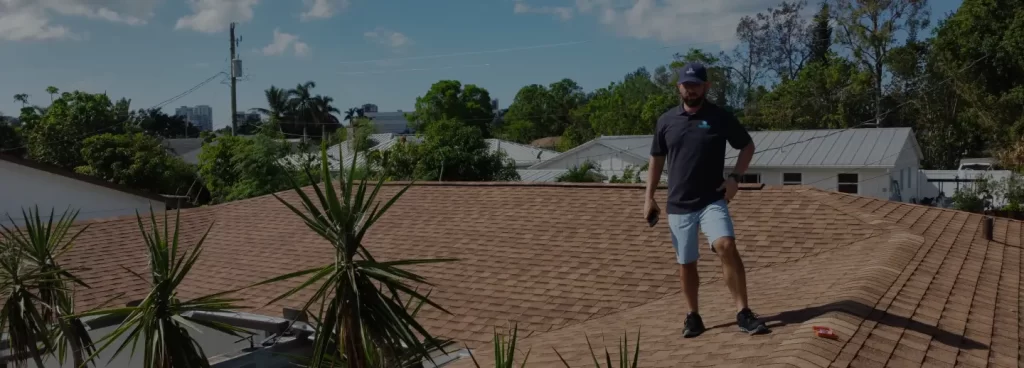Roof decking plays a critical role in the structural integrity and durability of a roof. When it comes to fastening roof decks, the debate between stapled and nailed installations often arises. Understanding the differences between stapled and nailed roof decks, as well as the importance of renailing a stapled roof in Florida, is essential for homeowners and roofing professionals. Let’s delve into the strength factors and significance of renailing in the Sunshine State.
Stapled vs. Nailed Roof Decks: The Difference in Strength
Stapled Roof Decks:
- Staples are commonly used for fastening roof decks due to their speed and ease of installation.
- Staples provide a secure attachment but may not offer as much holding power as nails, especially in high wind or hurricane-prone regions like Florida.
- Over time, staples may deteriorate or loosen, potentially compromising the stability of the roof deck.
Nailed Roof Decks:
- Nails are traditional fasteners for roof decking and are preferred for their superior holding strength and resistance to uplift forces.
- Nailed roof decks tend to provide better resistance to wind uplift, impact, and external stressors compared to stapled installations.
- Nails penetrate deeper into the decking material and framing, creating a more secure connection.
Renailing a Stapled Roof: Why It’s Important in Florida
1. Wind Uplift Resistance:
Florida is susceptible to severe weather conditions, including hurricanes and strong winds. Renailing a stapled roof with nails enhances the roof’s ability to withstand high wind speeds and uplift forces, reducing the risk of roof damage or failure during storms.
2. Building Code Compliance:
Building codes in Florida may specify requirements for roof deck attachment methods to ensure structural stability and safety. Renailing a stapled roof with nails that meet code standards helps comply with regulations and protect the property against potential hazards.
3. Long-Term Durability:
By renailing a stapled roof with nails, homeowners can improve the long-term durability and performance of their roof. Securely fastening the roof deck minimizes the likelihood of deck movement, water intrusion, and structural issues that may arise over time.
4. Insurance Requirements:
Insurance companies in Florida may have guidelines concerning roof deck attachment methods to mitigate risks associated with wind damage. Renailing a stapled roof with nails can demonstrate proactive maintenance and adherence to insurer requirements, potentially affecting insurance coverage and premiums.

Benefits of Renailing a Stapled Roof in Florida
Enhanced Wind Resistance:
Nails provide stronger resistance to wind uplift, reducing the chances of roof damage during hurricanes or severe storms common in Florida.
Improved Structural Integrity:
Renailing reinforces the connection between the roof deck and framing, enhancing the overall structural integrity of the roof system.
Maintenance and Safety:
Regular inspection and renailing of stapled roofs ensure that the roof remains secure, minimizing potential safety hazards and costly repairs down the line.
Compliance and Peace of Mind:
By adhering to building codes, insurance guidelines, and best practices for roof deck attachment, homeowners can enjoy peace of mind knowing their roof is well-protected and compliant with industry standards.
In conclusion, the strength and reliability of a roof deck depend significantly on the fastening method used. While stapled roof decks offer convenience, renailing them with nails is crucial in Florida to enhance wind resistance, comply with regulations, and ensure long-term durability. By prioritizing the renailing of stapled roofs, homeowners can safeguard their homes against severe weather events and protect their investment for years to come.

